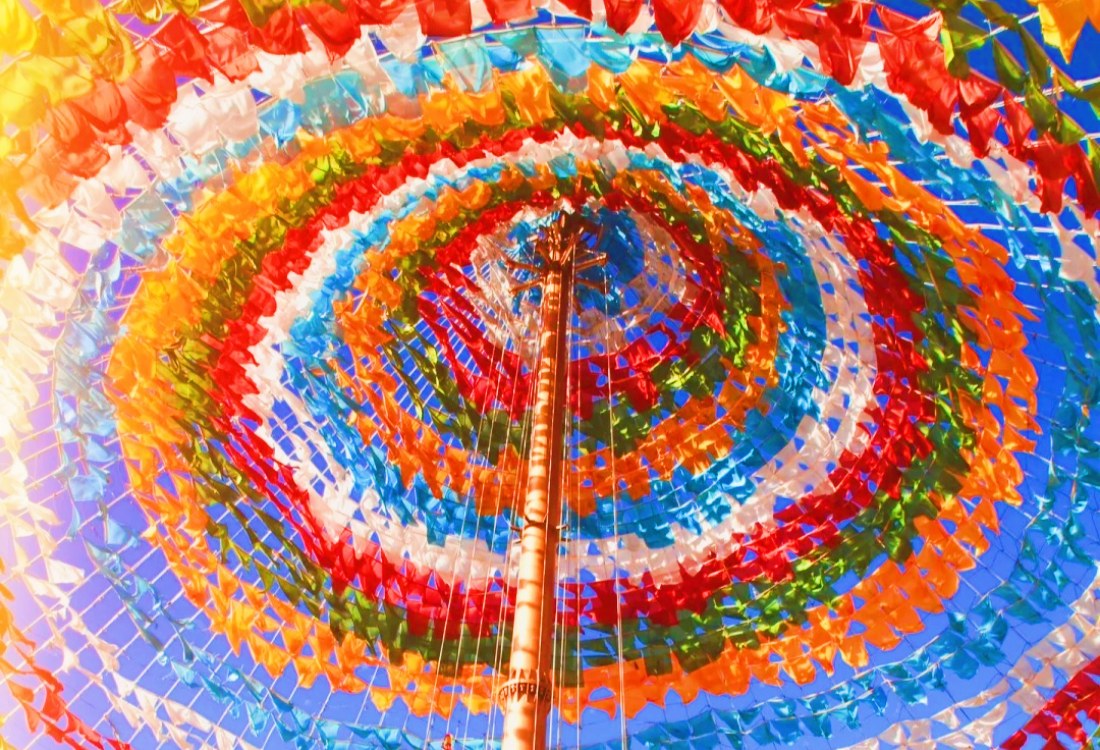Table of Contents
ToggleBuddhism in Tibet is not just a belief system; it is the essence of daily life, woven into every aspect of culture, history, and tradition. As someone who lives here and experiences the sacred pulse of Tibetan life, Buddism is not practised in isolation—it is a collective expression of devotion, identity, and spiritual continuity.
Tibetan Buddhism stands at the heart of it all, shaping the landscape, festivals, values, and even governance for centuries.
Tibetan Buddhism: The Soul of the Plateau
The dominant and most influential religion in Tibet is Tibetan Buddhism. It is a unique form of Mahayana Buddhism enriched by ancient Bon practices and Indian Buddhist teachings, adapted to the spiritual and geographical realities of the Himalayan Plateau.
The Gelugpa school—also known as the Yellow Hat sect—is the most prominent lineage, led historically by the The Living Buddha, who is both a spiritual leader and a symbol of unity for Tibetan people. Other major schools include the Nyingma, Kagyu, and Sakya traditions, each with their own monastic orders, rituals, and lineages of reincarnated lamas.
Monasteries such as Sera, Drepung, and Tashilhunpo are central to community life. Daily rituals involve prostrations, chanting mantras like “Om Mani Padme Hum,” spinning prayer wheels, and lighting butter lamps—acts performed with great reverence to accumulate merit and purify the mind.
The Role of the Bon Religion in Tibetan Spiritual Life
Before the spread of Buddhism, Tibetans followed Bon, an indigenous religion that still exists today. Bon shares many features with Tibetan Buddhism—rituals, prayers, monastic structures—but its roots are more animistic and shamanistic. Followers honour natural spirits, sky gods, and local deities with offerings and ceremonies.
In remote villages and regions like Ngari and parts of Amdo, Bon traditions are preserved and practised alongside mainstream Buddhism, reflecting the diversity of Tibetan spirituality.
Why Buddhism Is So Important in Tibetan Society
Buddhism is deeply intertwined with Tibetan identity. For Tibetans, faith is not limited to temples or religious texts—it is a lived experience. Buddhism guides daily actions, from how people greet each other to how they celebrate, farm, marry, or even die. The act of walking clockwise around a stupa (chorten), spinning prayer wheels, or hanging prayer flags is considered a way to accumulate good karma and bless the land.
Major life events—from birth to death—are marked by Buddhist ceremonies. Even economic decisions or journeys may begin with a monk’s blessing. In rural areas, it is common to see families donating food to monasteries or consulting lamas for spiritual guidance.
Buddhism’s Impact on Tibetan Daily Life
Buddhism also offers emotional and mental resilience in the face of harsh natural environments and historical challenges. Monks and nuns, respected across Tibetan society, are seen as keepers of wisdom and sources of spiritual strength. Pilgrimages to sacred sites such as Mount Kailash, Jokhang Temple, and Lhasa’s Barkhor Street are important expressions of devotion.
Festivals like Saga Dawa (marking the Buddha’s birth, enlightenment, and death) or Monlam Chenmo (the Great Prayer Festival) draw thousands of devotees. These are times of collective prayer, ritual performance, and deep spiritual reflection.
Essential Tips for Visitors: Experiencing Buddhism Respectfully
For those visiting Tibet, witnessing the region’s religious life is an awe-inspiring experience. However, it is crucial to be respectful. Always walk clockwise around temples, stupas, or prayer wheels. Dress modestly when entering religious sites. Photography may be restricted in some monasteries, so ask permission. Showing respect for monks, nuns, and local customs will be greatly appreciated.
Buddhism as the Lifeblood of Tibetan Culture
Buddhism in Tibet is not simply a matter of faith—it is the heartbeat of an entire civilisation. It shapes how Tibetans think, live, and relate to the world. From the fluttering prayer flags on wind-swept passes to the echo of monks chanting in candlelit halls, the spirit of Tibetan Buddhism resonates across the land.
Whether you come seeking spiritual wisdom or cultural immersion, experiencing religion in Tibet is to witness a way of life that is as profound as it is timeless.









